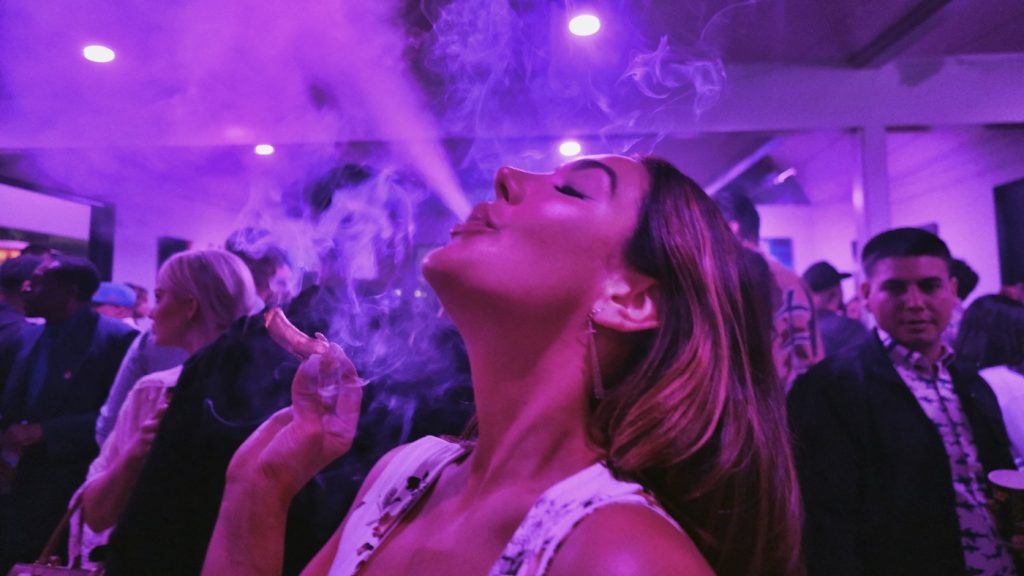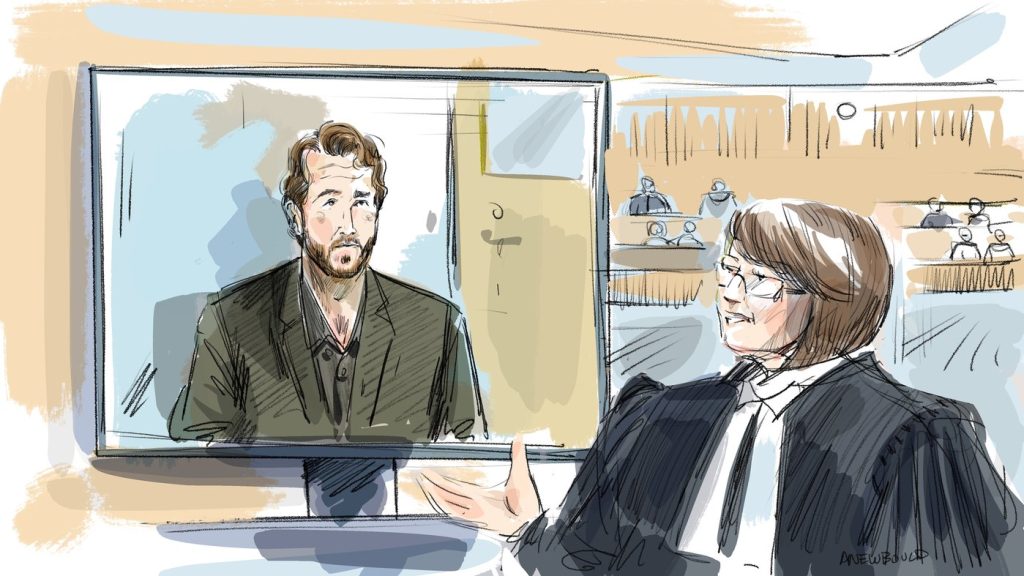Marijuana holiday 4/20 coincides with Easter and Passover this year. Here’s what to know

Posted Apr 20, 2025 12:46:12 AM.
Last Updated Apr 20, 2025 09:44:55 PM.
Marijuana culture’s high holiday, known as 4/20, falls this year on Easter Sunday, as well as the last day of Passover, meaning cannabis fans can celebrate in some unusual ways, including a 420 Rally at Woodbine Park in Toronto, an “Easter nug hunt” in Los Angeles, and kosher-style THC gummies in New York.
Here’s a look at 4/20’s history and how it’s being celebrated this year:
Why 4/20?
The origins of the date, and the term “420” generally, were long murky.
Some claimed it referred to a police code for marijuana possession or was derived from Bob Dylan’s “Rainy Day Women No. 12 & 35,” with its refrain of “Everybody must get stoned,” 420 being the product of 12 times 35.
But the prevailing explanation is that it started in the 1970s with a group of bell-bottomed buddies from San Rafael High School, in California’s Marin County north of San Francisco, who called themselves “the Waldos.”
A friend’s brother was afraid of getting busted for a patch of cannabis he was growing in the woods at nearby Point Reyes, so he drew a map and gave the teens permission to harvest the crop, the story goes.
During fall 1971, at 4:20 p.m., just after classes and football practice, the group would meet up at the school’s statue of chemist Louis Pasteur, smoke a joint and head out to search for the weed patch. They never did find it, but their private lexicon — “420 Louie” and later just “420” — would take on a life of its own.
The Waldos saved postmarked letters and other artifacts from the 1970s referencing “420,” which they now keep in a bank vault, and when the Oxford English Dictionary added the term in 2017, it cited some of those documents as the earliest recorded uses.
How did 4/20 spread?
A brother of one of the Waldos was a close friend of Grateful Dead bassist Phil Lesh, as Lesh once confirmed in an interview with the Huffington Post, now HuffPost. The Waldos began hanging out in the band’s circle, and the slang term spread.
Fast-forward to the early 1990s: Steve Bloom, a reporter for the cannabis magazine High Times, was at a Dead show when he was handed a flyer urging people to “meet at 4:20 on 4/20 for 420-ing in Marin County at the Bolinas Ridge sunset spot on Mt. Tamalpais.” High Times published it.
“It’s a phenomenon,” one of the Waldos, Steve Capper, now 69, once told The Associated Press. “Most things die within a couple years, but this just goes on and on. It’s not like someday somebody’s going to say, ‘OK, Cannabis New Year’s is on June 23rd now.’”
While the Waldos came up with the term, the people who made the flier that was distributed at the Dead show — effectively turning 4/20 into a holiday — remain unknown.
How is it celebrated?
With weed, naturally.
In Toronto, there is the 420 Rally at Woodbine Park starting at noon at 1695 Queen Street East. The event features live music, guest speakers, and vendors offering everything from edibles to accessories. It is free to attend.
The Revue Cinema has a Sunday screening of “Reefer Madness” starting at 4:20 p.m. General admission tickets are $16.50.
420 In The Six is a 19+ green marketplace featuring more than 20 trusted brands with incredible deals, free samples, huge raffle prizes, and indoor consumption. The event begins at 2 p.m. at 2415 Yonge Street.
What about the politics?
Cannabis was legalized in Canada on October 17, 2018.
In 2022, Uber Eats added cannabis delivery to its offerings, partnering with more licensed retailers across Ontario. North Bay ranks as the “dopest city” in the province when it comes to ordering cannabis, followed by Thunder Bay, Cobourg, Hamilton and the GTA.
According to the delivery service, the biggest “munchies order” was made on April 20, 2024, from a sandwich shop in Toronto and included 21 chicken sandwiches, 16 veal sandwiches, eight eggplant sandwiches, two veggie sandwiches and 41 bottled drinks. The order totalled $833.28.
In the United States, there are 24 states that allow recreational marijuana and 14 others allowing it for medical purposes. But the movement recently has suffered some setbacks, with voters in Florida, North Dakota and South Dakota deciding not to adopt legalization measures last November.
Several states also have cracked down on intoxicating products derived from hemp, which have been widely sold even in prohibition states, thanks to a loophole in the federal Farm Bill.
Marijuana remains illegal under federal law. As a candidate, President Donald Trump said he would vote for Florida’s amendment and signalled support for reclassifying marijuana as a less dangerous drug, a process started by the Biden administration.
But his administration has not indicated that cannabis policy is a priority. A fact sheet released by the White House last month complained that marijuana decriminalization in Washington, D.C., was an example of “failed policies” that “opened the door to disorder.”
A bipartisan group of senators last week reintroduced legislation that would ensure states can adopt their own cannabis policies and remove certain financial hurdles for the industry, such as letting entities deduct business expenses on their taxes.








